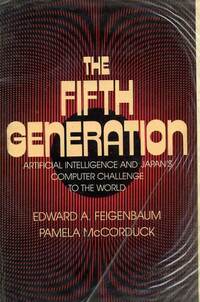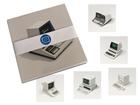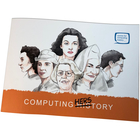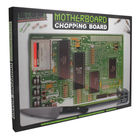Japan sets out its 'Fifth Generation' project
|
May 1982 In 1982, the Japanese government established the Institute for New Generation Computer Technology (ICOT) and initiated a 10-year program to develop new computers using massively parallel computing and logic programming. The aim of the program was to help Japan become a computer industry leader. In May 1982, ICOT published "Fifth Generation Computer Sytems, ICOT Planning Report No. 1", which set out plans to create a new computer with supercomputer-like performance. This computer would provide a platform for future research into artificial intelligence. Leaps in computer hardware technology have been defined by generation:
Japan envisioned a fifth generation of computers, based on large numbers of processors running in parallel. On 1st June 1992 Japan formally wound down the "Fifth Generation" computer project. Despite its grand aims, it had little impact on the global computer market. Related information: Image:
|
Click on the Images For Detail
|























